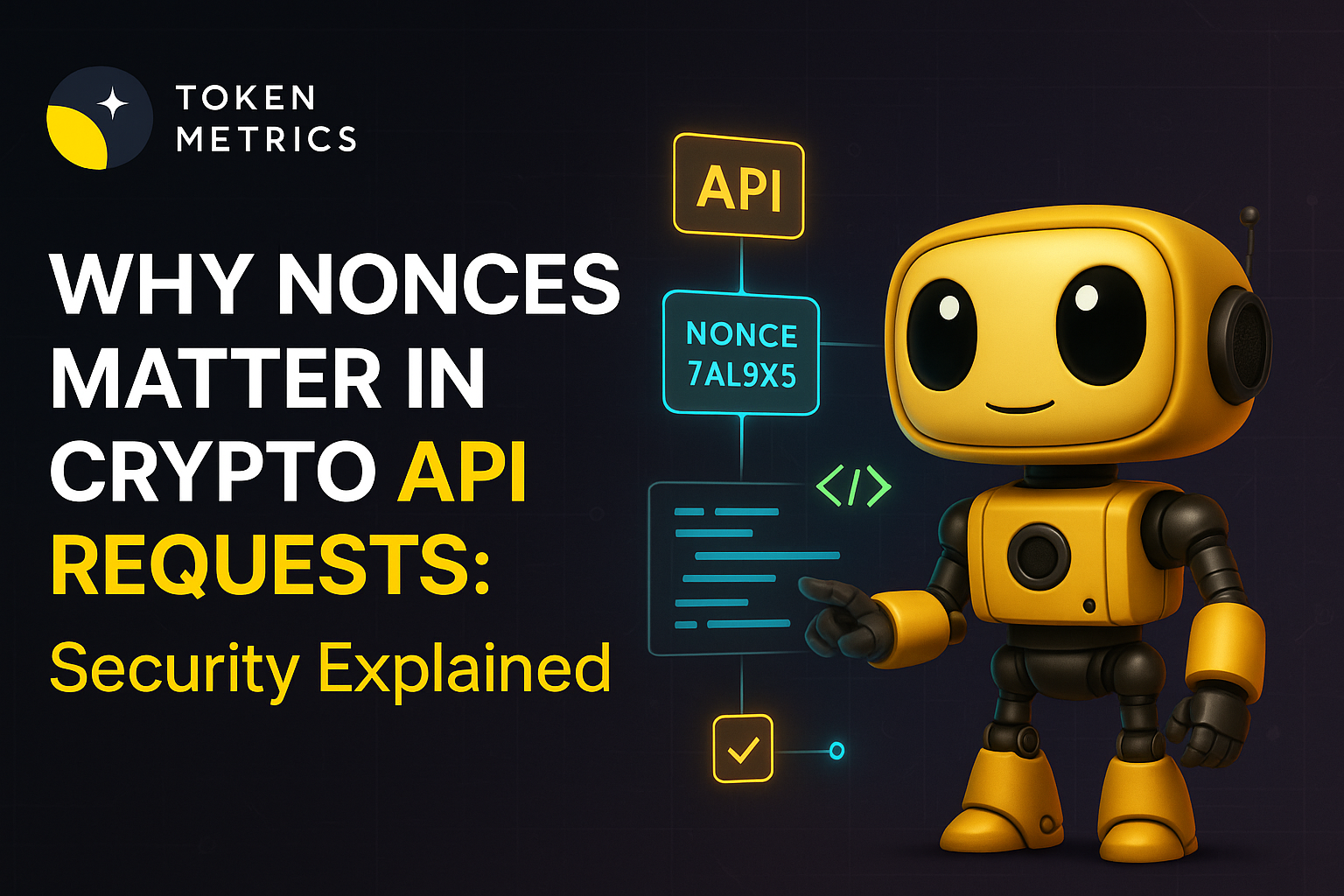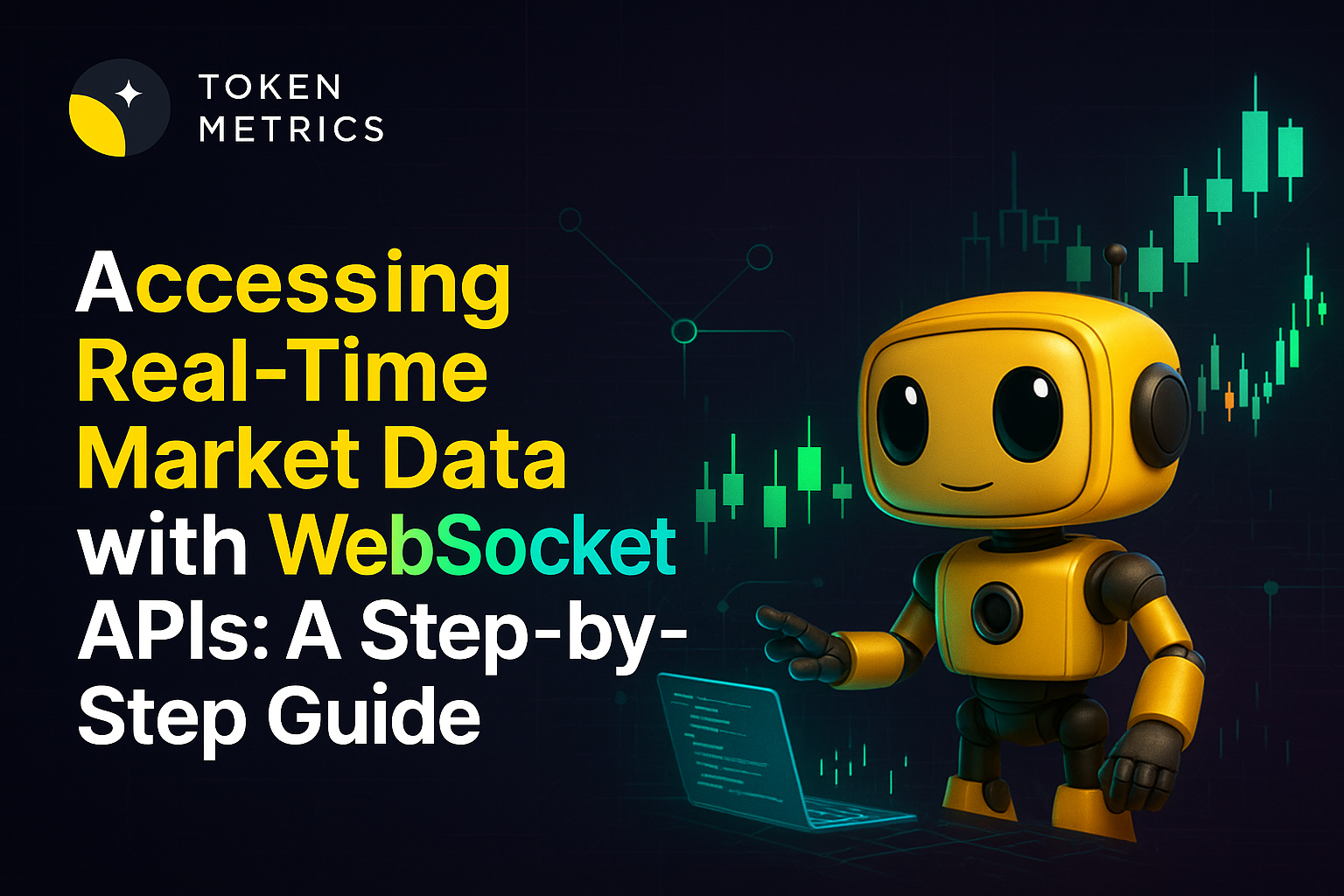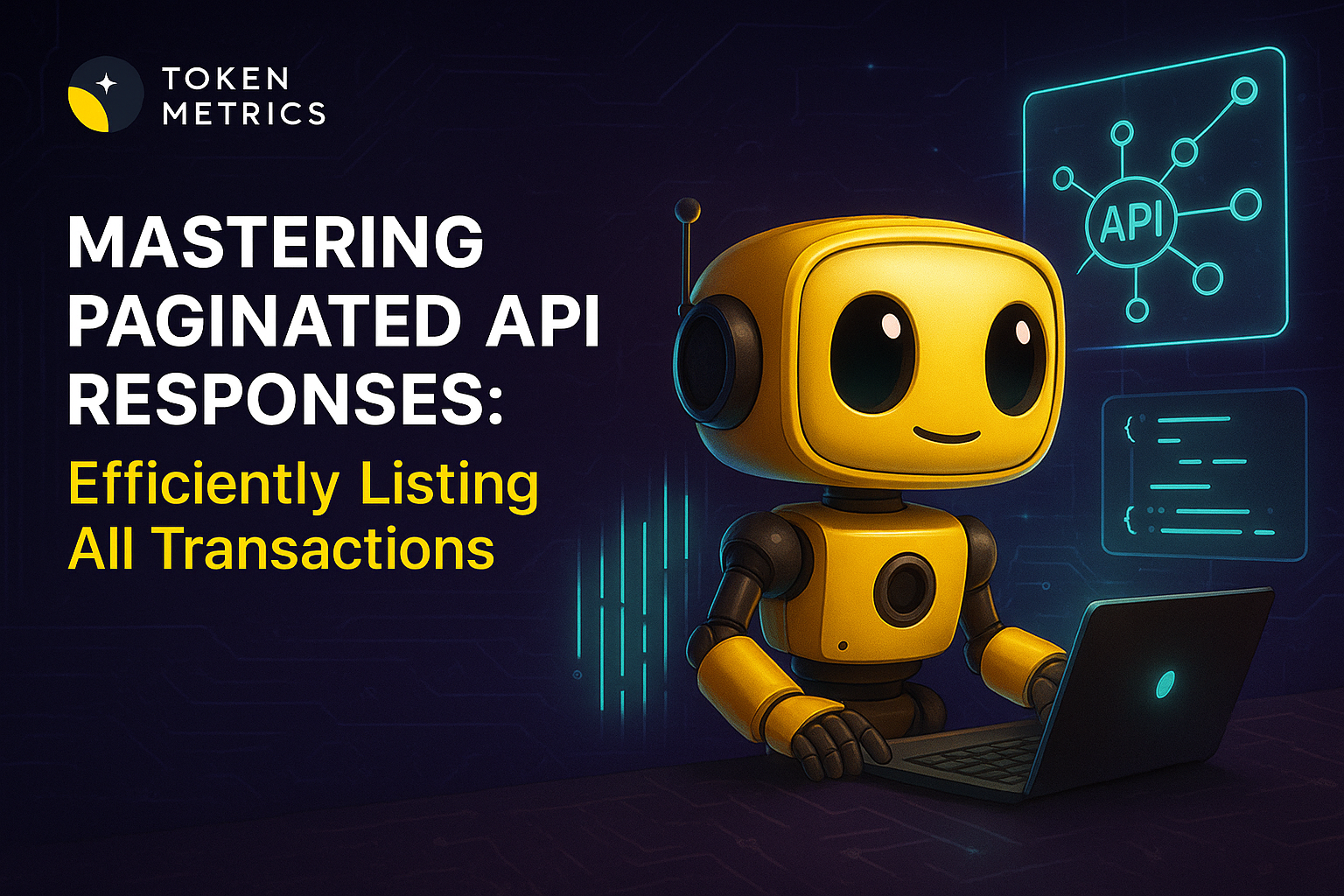Bear Flag Pattern - What It Means and How to Identify It?

The Bear flag pattern is a popular chart pattern in technical analysis that indicates a continuation of a bearish trend. Traders and investors utilize this pattern to identify potential selling opportunities in the financial markets.
Understanding the Bear flag pattern can significantly enhance your trading skills and help you make informed decisions.
In this article, we will delve into the Bear flag Pattern - what it means, how to identify it, and strategies to trade it effectively. So let's start with the basics -
What is a Bear Flag Pattern?
The Bear flag pattern is a technical analysis chart pattern that occurs during a downward trending market. It represents a brief pause in the downtrend before the continuation of the bearish move.
The pattern resembles a flagpole and a flag, hence the name "Bear Flag." Traders look for this pattern to identify potential short-selling opportunities or to add to their existing short positions.
How to Identify Bear Flag Pattern?
When identifying a bear flag pattern, certain key characteristics need to be observed:
Sharp Price Decline: The pattern begins with a sharp and significant decline in price, representing the flagpole. This decline usually occurs due to increased selling pressure in the market.
Consolidation Phase: Following the initial decline, a period of consolidation ensues, forming a rectangular-shaped flag. The price consolidates within a narrow range, indicating a temporary pause in the downtrend.
Flag Sloping in Opposite Direction: The flag portion of the pattern slopes in the opposite direction of the preceding sharp decline. It creates a visual representation of the flag, with the pole acting as the anchor.

Decreasing Trading Volume: During the consolidation phase, trading volume tends to decrease. This decrease signifies a decrease in market participation and potential exhaustion of selling pressure.
Breakout Confirmation: The bear flag pattern is confirmed when the price breaks below the lower trendline of the flag. The breakout typically occurs with an increase in trading volume, validating the resumption of the bearish trend.
How to Trade with Bear Flag Pattern?
Once you have successfully identified the bear flag pattern, it's essential to implement effective trading strategies to maximize your potential profits. Let's explore some strategies for trading this pattern:
Short-selling at the Breakout: Traders can initiate short positions when the price breaks below the lower trendline of the bear flag pattern. This breakout indicates a continuation of the bearish move, and traders can capitalize on this downward momentum.
Setting Profit Targets: It is crucial to set profit targets when trading the bear flag pattern. Traders often use technical indicators or support and resistance levels to identify potential price targets. This allows for a disciplined approach to exit the trade and secure profits.
Implementing Stop Losses: To manage risk effectively, traders should place stop-loss orders above the upper trendline of the bear flag pattern. This helps limit potential losses in case of a false breakout or an unexpected reversal.
Confirming with Additional Indicators: Traders may use additional technical indicators such as moving averages, oscillators, or trendlines to confirm the validity of the bear flag pattern.
These indicators can provide additional insights into market conditions and increase the probability of successful trades.
Considering Timeframes (Continued): It's essential to consider the timeframe in which the bear flag pattern is identified. Patterns observed on higher time frames generally carry more significance and are likely to generate stronger price movements.
Traders should align their trading strategy with the timeframe in which the pattern is identified to increase the probability of successful trades.
Combining with Other Patterns: Traders can enhance the effectiveness of their trading strategy by combining the bear flag pattern with other technical analysis patterns or indicators.
For example, the bear flag pattern occurring near a significant resistance level or in conjunction with a bearish divergence on an oscillator can provide a stronger confirmation for potential short-selling opportunities.
Examples of Bear Flags Pattern
Crypto enthusiasts have witnessed fascinating instances of bear flag pattern in real-life cryptocurrency trading. Few such remarkable examples are -
In January 2018, Bitcoin experienced a significant price drop, forming a bear flag pattern. The subsequent consolidation phase confirmed the bearish sentiment, and when the price broke below the lower boundary of the flag, it signaled further decline.
Similarly, in September 2020, Ethereum witnessed a sharp price drop and formed a bear flag pattern during a period of market uncertainty.
The price breaking below the flag's lower boundary validated the pattern and indicated a continuation of the bearish trend. Traders who recognized these patterns could have utilized them as signals to potentially sell or take bearish positions.
Bear Flag Pattern - Benefits and Risks
The bear flag pattern can serve as a valuable tool for traders, but it is crucial to comprehend both its advantages and risks, and utilize it alongside other technical analysis tools and risk management strategies. Here are some of the benefits and risks associated with this pattern:
Benefits Of Bear Flag Pattern
Trend confirmation: The bear flag pattern provides traders with confirmation of a bearish trend continuation, assisting them in making informed trading decisions.
Entry and exit points: Recognizing a bear flag pattern can help traders identify potential entry points to sell or take short positions, maximizing profit potential.
Risk management: Traders can set stop-loss orders above the upper boundary of the flag to limit potential losses if the pattern fails to play out as expected.
Risks Associated with Bear Flag Pattern
False signals: There is a risk of misinterpreting the pattern, leading to false signals and potentially entering trades in the wrong direction.
Market volatility: Bear flag pattern may occur during periods of high market volatility, which can increase the likelihood of price fluctuations and false breakouts.
Limited timeframes: The pattern may unfold over a relatively short period, requiring traders to closely monitor the price action and act quickly.
Frequently Asked Questions
Q1. How reliable is the bear flag pattern in predicting future price movements?
The bear flag pattern is considered a reliable pattern in technical analysis. However, it is important to remember that no pattern guarantees a specific outcome. Traders should always use the bear flag pattern in conjunction with other analysis tools and indicators to increase the accuracy of their predictions.
Q2. Can the bear flag pattern occur in different financial markets?
Yes, the bear flag pattern can occur in various financial markets, including stocks, commodities, currencies, and indices. It is a versatile pattern that can be applied to different trading instruments.
Q3. Can the bear flag pattern be identified in both short-term and long-term charts?
Yes, the bear flag pattern can be identified in both short-term and long-term charts. However, the significance and duration of the pattern may vary depending on the timeframe. Traders should adjust their trading strategies accordingly.
Q4. How can I differentiate between a bear flag pattern and a bullish flag pattern?
The key difference lies in the direction of the preceding trend. The bear flag pattern occurs during a downward trend, while the bullish flag pattern occurs during an upward trend. Additionally, the bear flag pattern has a downward-sloping flag, whereas the bullish flag pattern has an upward-sloping flag.
Q5. Are there any specific candlestick patterns associated with the bear flag pattern?
While specific candlestick patterns are not inherently part of the bear flag pattern, traders can benefit from analyzing candlestick formations within the pattern.
Look for bearish candlestick patterns, such as bearish engulfing patterns or shooting stars, as they can provide additional confirmation for potential short-selling opportunities.
Q6. Can the bear flag pattern be used for swing trading or day trading?
Yes, the bear flag pattern can be used for both swing trading and day trading. Swing traders may focus on higher time frames, such as daily or weekly charts, to capture larger price moves. Day traders can utilize shorter timeframes, such as hourly or 15-minute charts, to capitalize on intraday bearish trends.
Conclusion
Understanding the bear flag pattern is a valuable skill for traders and investors looking to profit from bearish market trends. By identifying the pattern's key characteristics and implementing effective trading strategies, individuals can enhance their trading decisions and increase their chances of success.
However, it is important to conduct thorough market analysis, combine the pattern with other indicators, and manage risk through appropriate stop-loss orders. Continual learning and practice will further refine your ability to identify and capitalize on the bear flag pattern.
Disclaimer
The information provided on this website does not constitute investment advice, financial advice, trading advice, or any other sort of advice and you should not treat any of the website's content as such.
Token Metrics does not recommend that any cryptocurrency should be bought, sold, or held by you. Do conduct your own due diligence and consult your financial advisor before making any investment decisions.
Create Your Free Token Metrics Account

.png)




%201.svg)
%201.svg)


%201.svg)










.svg)




.png)